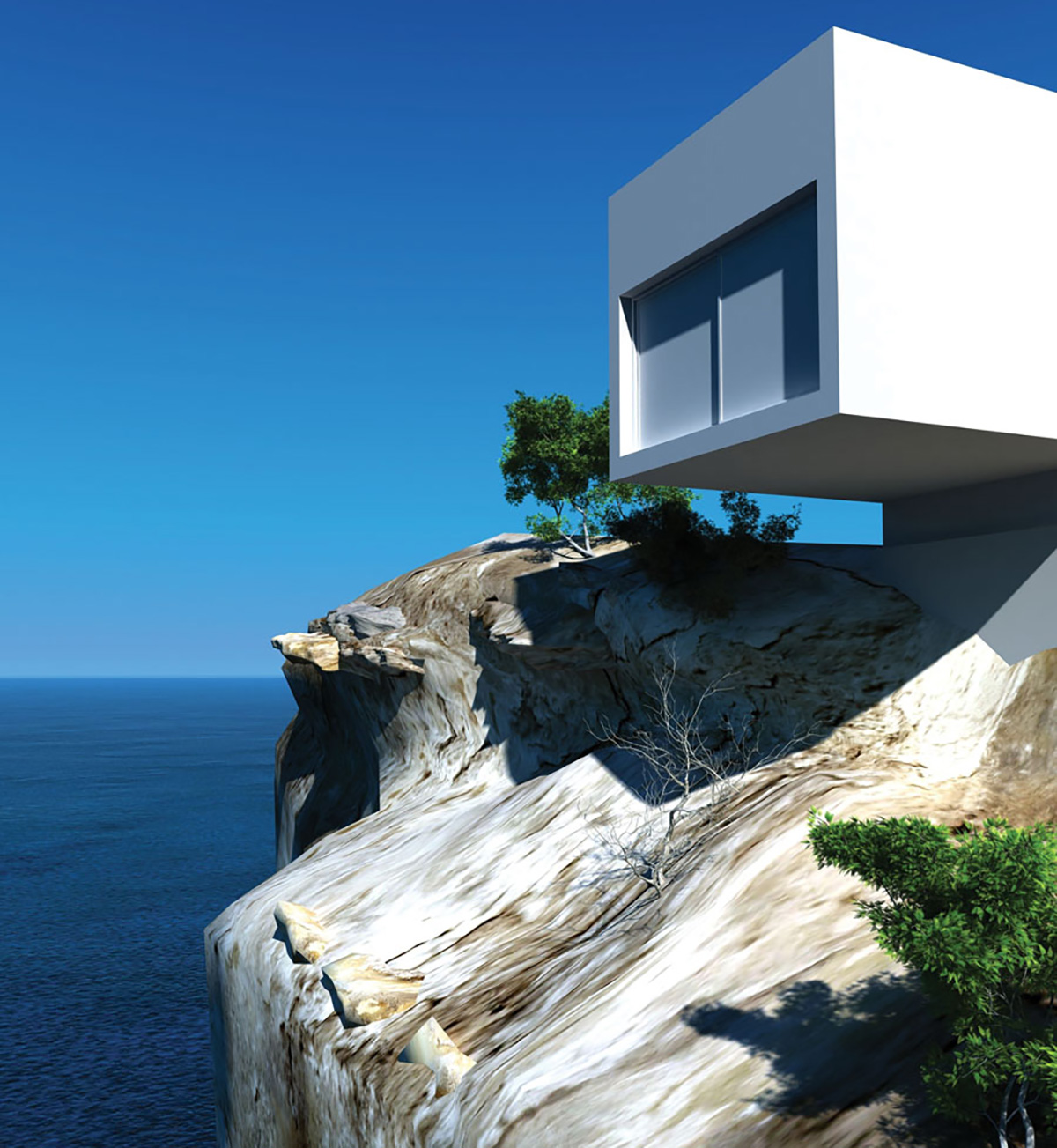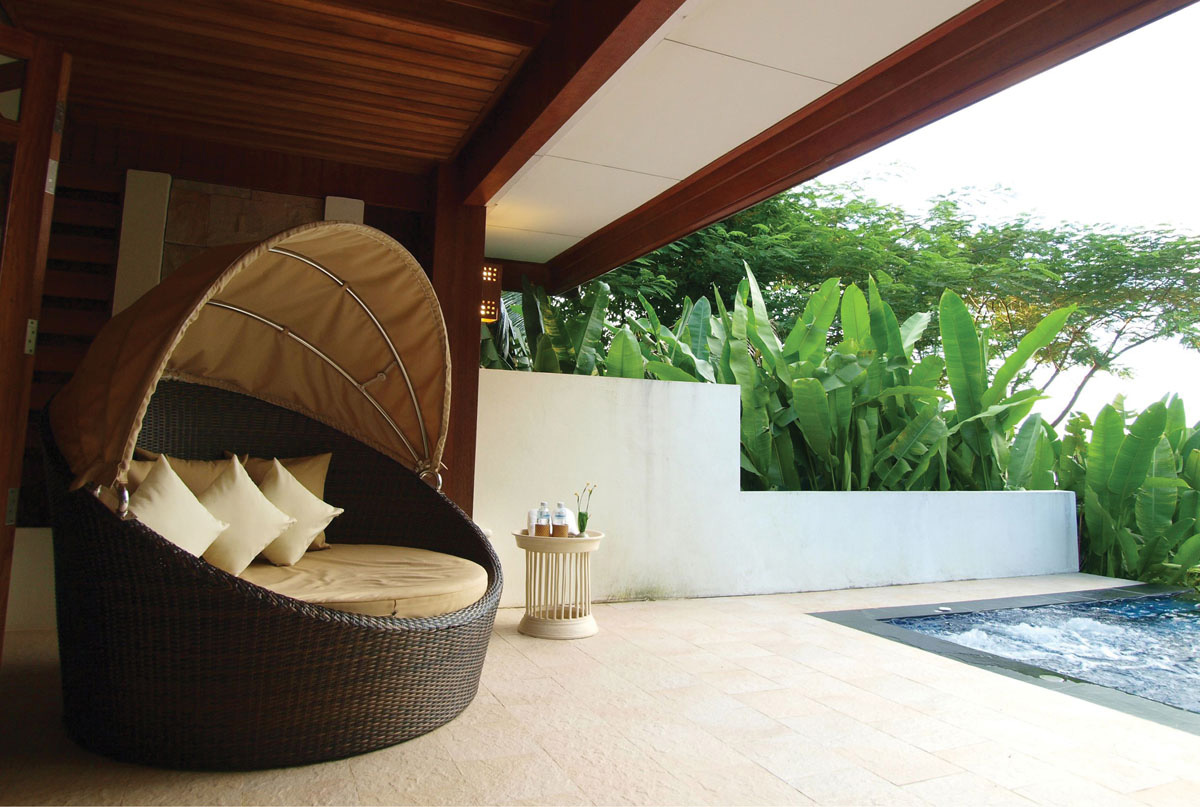 Housing is a big deal. For many of us in this modern era, our houses are a part of who we are; they express a piece of our identity. One can tell a great deal about an individual living in a tiny but stylish midtown apartment in Manhattan or a person living in a sprawling, self-sustaining West Virginia farm simply by the choices they have made in their living situations. It wasn’t always this way, though housing and its development have always been a key expression of human development and thought throughout most of history.
Housing is a big deal. For many of us in this modern era, our houses are a part of who we are; they express a piece of our identity. One can tell a great deal about an individual living in a tiny but stylish midtown apartment in Manhattan or a person living in a sprawling, self-sustaining West Virginia farm simply by the choices they have made in their living situations. It wasn’t always this way, though housing and its development have always been a key expression of human development and thought throughout most of history.
Since the beginning of time, humans have always found shelter (as does any living thing that needs to protect itself from the elements), but the real start of our fascination with housing and settling down began in about 9000 BC. Exact dates are in constant debate, but most agree that time was the beginning of the Neolithic Revolution, during which the first large-scale movement to move from a nomadic lifestyle to an agricultural society took place. It makes sense: as a nomad, one depends on nature to provide; as a farmer, one still depends on nature, to an extent, but can store food in times of excess and use it in times of paucity.
 With the move to a more sedentary lifestyle, people began to invest more in the creation of their buildings, turning shelters into homes. Though home decoration dates back to caves in El Castillo, Spain, over 40,000 years ago, the resources invested in new structures have changed in a fundamental way. “People were moving to a concept of homes [as not just a place] to sleep, [but as] a proper home,” commented Dr. Mohammad Najjar from Jordan’s Department Of Antiquities in a PBS interview on the housing developments found in the Fertile Crescent during Neolithic times. “People started to decorate houses from the inside, and people were starting to invest in their homes….it’s time-consuming, it’s effort-consuming — and it’s very expensive.”
With the move to a more sedentary lifestyle, people began to invest more in the creation of their buildings, turning shelters into homes. Though home decoration dates back to caves in El Castillo, Spain, over 40,000 years ago, the resources invested in new structures have changed in a fundamental way. “People were moving to a concept of homes [as not just a place] to sleep, [but as] a proper home,” commented Dr. Mohammad Najjar from Jordan’s Department Of Antiquities in a PBS interview on the housing developments found in the Fertile Crescent during Neolithic times. “People started to decorate houses from the inside, and people were starting to invest in their homes….it’s time-consuming, it’s effort-consuming — and it’s very expensive.”
As construction methods evolved and housing became more complex, western European methods of building migrated to the New World with the colonists. For a time, many houses retained echos of European modes of thought and traditions. In the Northeastern U.S., some older upscale homes still retain servant’s quarters, which was common for homes of European gentry, and many older homes in the South still retain their ‘receiving rooms,’ which were based off the English drawing rooms of the 18th Century.
What’s more, the Federal, Colonial and Tudor housing styles that are common in older neighborhoods all have their roots in Europe. As the American middle class grew, more housing requiring less maintenance was needed. As a result, many post-WWII houses focused more on function than on ornateness. Gone were the servant’s quarters, carriage houses and dumbwaiters of the past century; newer houses focused on the economy of space, efficiency of maintenance and proximity to busy areas. As condos and apartments grew in popularity, they became versatile spaces which could be sleek and spartan or elegantly furnished and extravagant with location and decoration as ornaments.
 There are also elements to modern housing construction with roots in regulation. For example, after The Great Seattle Fire of 1889, the city mandated that all new construction be done in stone or brick. Similarly, states that experience hurricanes or flooding on a regular basis often have rules ordering certain types of construction like stilting. Certain building materials like lead paint and specific types of asbestos have been outlawed due to the dangerous chemicals in each.
There are also elements to modern housing construction with roots in regulation. For example, after The Great Seattle Fire of 1889, the city mandated that all new construction be done in stone or brick. Similarly, states that experience hurricanes or flooding on a regular basis often have rules ordering certain types of construction like stilting. Certain building materials like lead paint and specific types of asbestos have been outlawed due to the dangerous chemicals in each.
As cities grew, so did a term that is, in many ways, uniquely American: suburban sprawl. It follows a logical pattern: cities develop, people are drawn to it to find work and end up settling and expanding the population. As the population grows, the demand for housing increases and architects and developers build up or build out. This process of sprawl dates back to our earliest cities, but in modern days after WWII, there was a move in America to encourage homeownership as a way to gain stability in the middle-class.
Down the road, this led to the creation of dwelling-like pre-fab housing that was easy and inexpensive to build, and was followed shortly by the proliferation of condominiums that maximized vertical space in cities where land was at a premium. According to a study by the Equal Opportunity Project earlier this year, location is a critical factor where professional and social development is concerned, and this explains why some areas are in such high demand.
 So what does the future hold? Frank Mackle, Owner/President of The Mackle Construction Company which built a substantial portion of South Florida believes there’s definitely a move toward “smart homes.” “Home automation is not only advancing but becoming more affordable,” he says. “Owners have many exciting new options to choose from, with fully-integrated systems needing to handle a variety of commands, all controllable from smartphones and tablets.”
So what does the future hold? Frank Mackle, Owner/President of The Mackle Construction Company which built a substantial portion of South Florida believes there’s definitely a move toward “smart homes.” “Home automation is not only advancing but becoming more affordable,” he says. “Owners have many exciting new options to choose from, with fully-integrated systems needing to handle a variety of commands, all controllable from smartphones and tablets.”
This makes sense on convenience and sustainability levels; motion-sensing lights that turn off after a person leaves the room or programmable thermostats that are set to less expensive levels during the day when homes are empty perform the dual function of conserving energy without effort while saving on costs — both environmental and financial. We may not be The Jetsons yet, but we may not be that far off.











